Industry topics
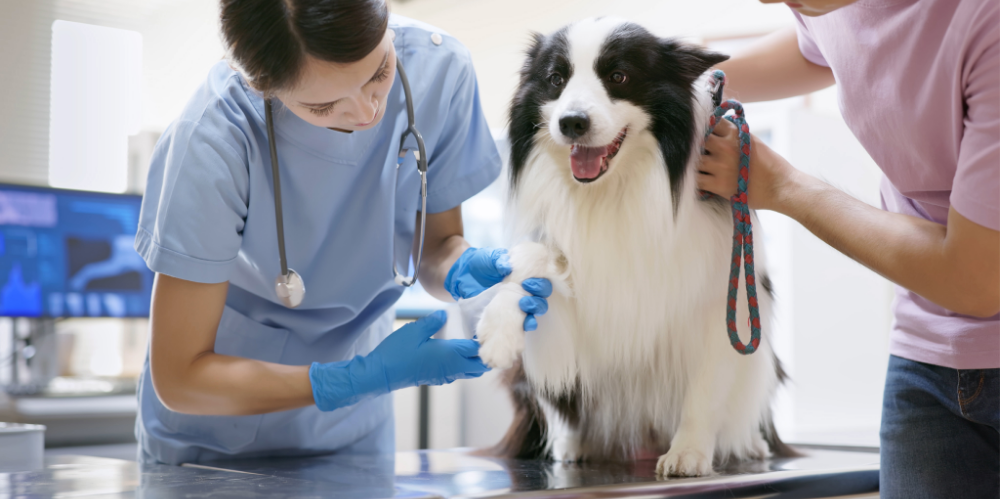
Claim your CPD points
I’m not a pet owner. I’ve never actually had a pet, unless you count chickens — and although they are beautiful creatures — they’re not exactly the kind of animals you’d expect to see insured in a residential context.
But I have certainly come to appreciate the beautiful relationship that many families have with their pets. My partner’s family dog, Nelly, lovingly called “Noodle” for the way she wiggles around when excited, is adored by my partner, her family and just about everyone who meets her. But, like so many beloved pets in Australia, Nelly is uninsured.
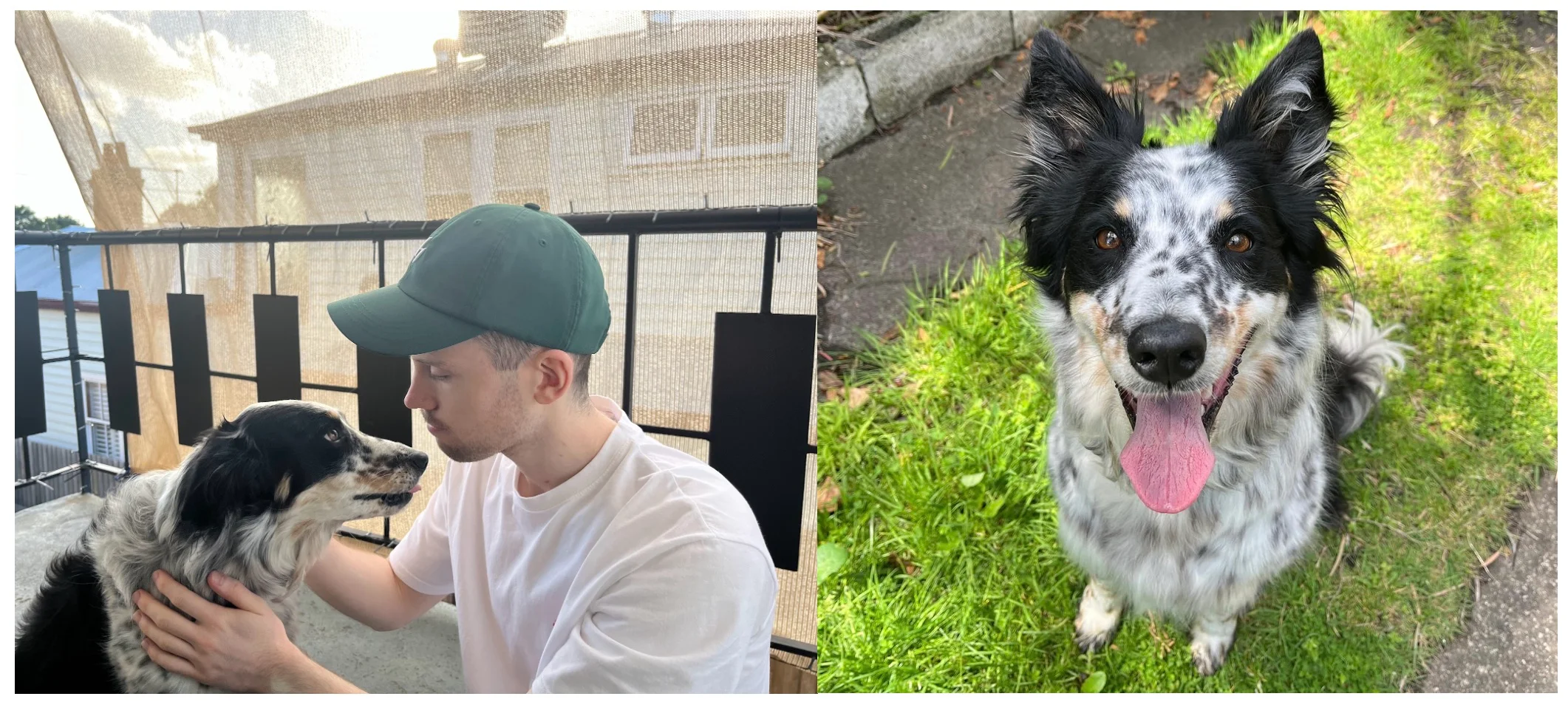
A photo of Tom and Nelly
This paradox — the mismatch between the deep affection we have for our pets and the low rate at which pets are insured in Australia — is something that I have been pondering since this year’s All Actuaries Summit, where I attended Bill Konstantinidis’ session Pet Insurance — Understanding the Product, Pricing and Issues, based on his paper of the same name.
In this article, I draw on some of the key elements from Bill’s paper that I found most striking and extend the discussion: unpacking why uptake remains limited, exploring what pet owners actually value in insurance cover and considering how insurers might better meet those needs.
To add a practical perspective, I also ran a survey of pet owners — albeit one skewed towards higher-income earners and, I suspect, higher-than-average insurance literacy.¹ Their responses, woven throughout, sit alongside findings from Bill’s paper and other referenced studies.
At its core, pet insurance helps to cover the cost of vet bills when a pet gets sick or injured. In Australia, it typically comes in three forms:
Pet insurance does not usually cover the full cost of a vet bill. The amount reimbursed depends on several features:
Table 1 shows how reimbursement works under Everyday Insurance’s Comprehensive Cover — a product fairly representative of an “average” pet insurance product in the Australian market — which has an 80% benefit rate, a $100 excess, and a $24,000 annual limit. For simplicity, sublimits have been ignored.
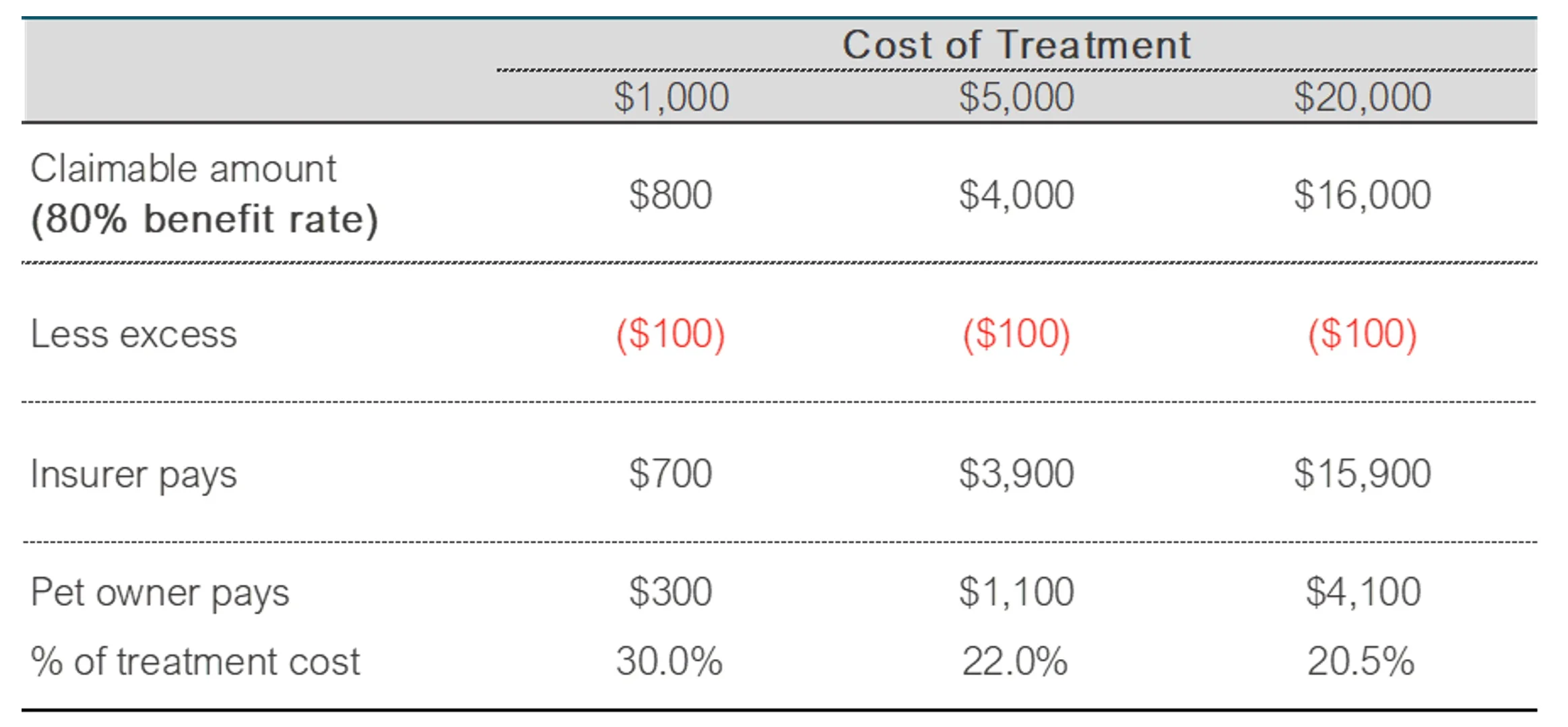
Table 1 - Reimbursement calculation under Everyday Insurance’s Comprehensive Cover
Due to the proportional reimbursement — a result of the benefit rate being below 100% — as the cost of the treatment increases, the amount the pet owner is out of pocket also increases, with no ceiling.
Australia is an unequivocally pet-loving country.
The 2022 Animal Medicines Australia (AMA) survey estimated the national pet population to be 28.7 million animals, with almost 70% of Australian households owning a pet — a proportion that has grown materially since COVID-19. The same survey reports that over 60% of dog and cat owners refer to their pet as a member of the family.
To explore this further, I asked pet owners (in my survey) about the relationship they have with their pets. Table 2 summarises the responses to three statements about this relationship.
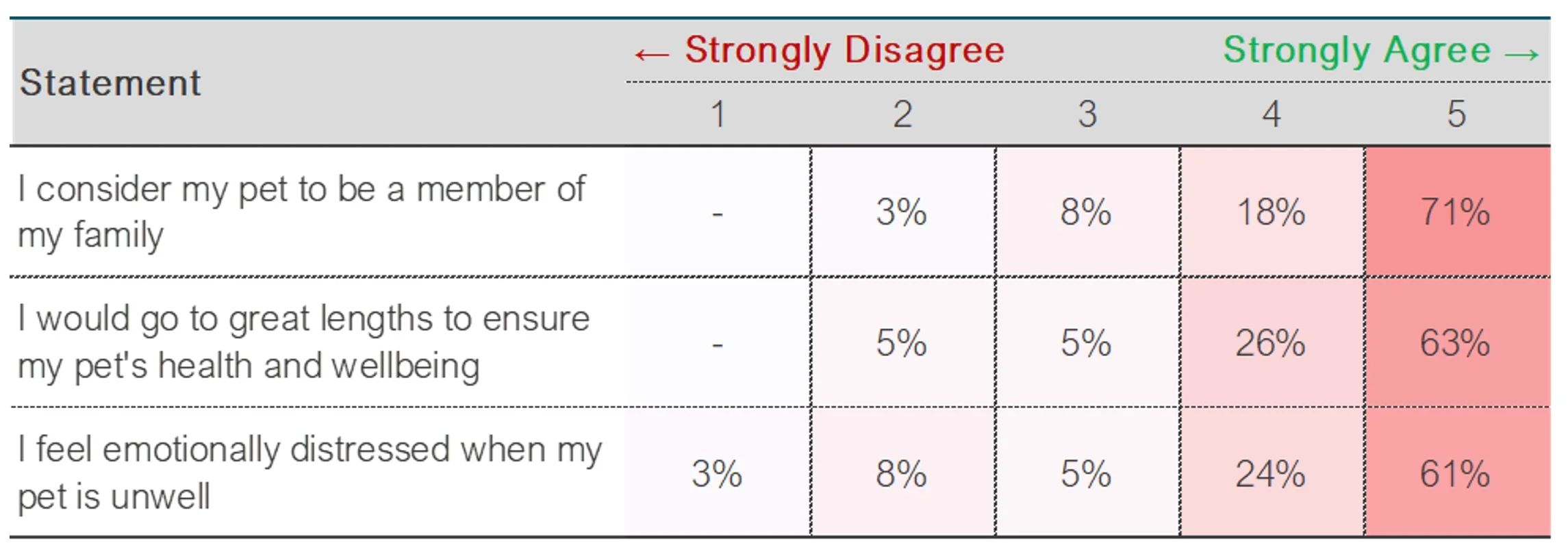
Table 2 - Responses to statements about the relationship that pet owners have with their pets
For each of these statements, between 60-70% of respondents strongly agreed, demonstrating the strong attachment people have to their pets.
The Australian Veterinary Association notes that insured pet owners “are often in a better position to afford complex procedures and emergency treatments”. Given the strength of the emotional bond between pet owners and pets, you might then assume most pet owners would insure their pets.
But that isn’t the case. AMA’s 2022 survey reported penetration under 25% for dogs and cats. In my survey, only around a third (37%) of respondents had pet insurance. So, why isn’t uptake higher?
Could it be that pet owners don’t understand the purpose of pet insurance? My survey suggests otherwise: the overwhelming majority (over 80%) described pet insurance as protection against large, unexpected vet bills.1 Awareness of the product does not appear to be the primary barrier.
Yet only a third of respondents were insured. Interestingly, though, many insured respondents said they only bought cover after experiencing firsthand a painful, expensive claim when uninsured — suggesting the value of pet insurance is often realised only after incurring a significant cost.
The bigger issue appears to be cost. According to AMA’s national survey, cost is the top reason that pet owners do not buy pet insurance. Responses to my survey suggested the same, with over half (54%) of uninsured respondents explicitly mentioning pet insurance was “too expensive”.
I asked uninsured pet owners how they would respond to the following situations:
Table 3 summarises the responses to these situations.
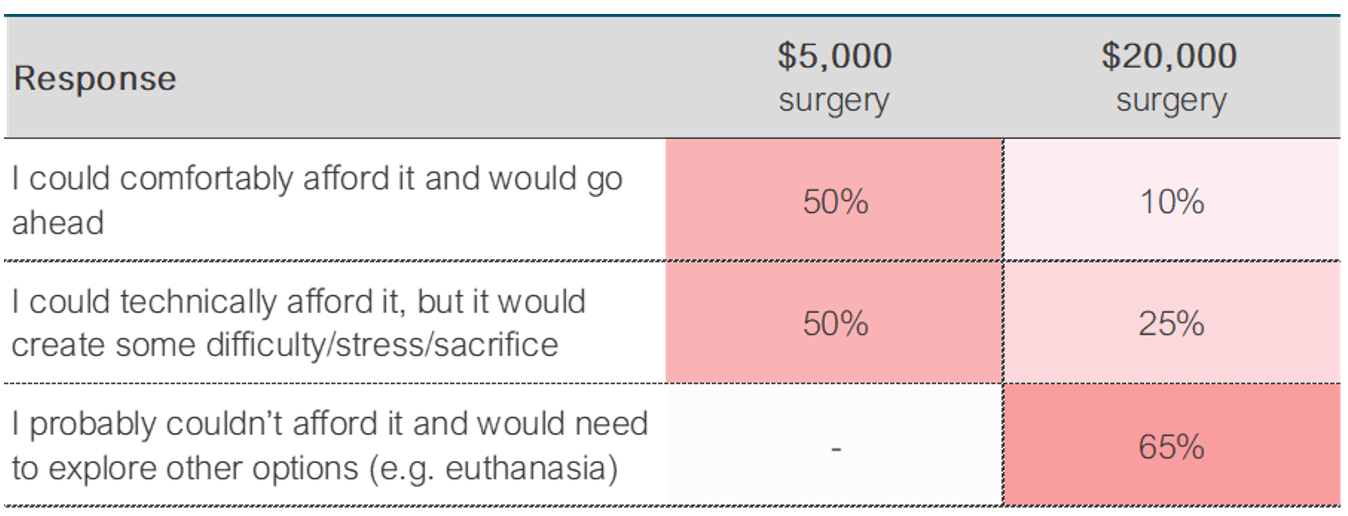
Table 3 — Uninsured pet owners’ self-reported ability to pay hypothetical vet bills
All uninsured pet owners said they could afford to pay for the $5,000 surgery, but around two-thirds said they would be forced to explore other options, such as euthanasia, if the cost was $20,000.
This crude hypothetical highlights an important point: many pet owners can self-fund low- and medium-cost vet bills, but catastrophic vet bills remain a distinct and unmanageable risk for many households.1
Current pet insurance products (with low excesses) provide cover for both low- and high-cost vet bills. But uninsured pet owners told me that:
This points to a distinct need for protection targeted solely at catastrophic vet bills; in other words — and please forgive me for this — the tail risk.
What might a product designed for this need look like? Perhaps it could be one with:
Table 4 shows how reimbursement would work under this proposed design.
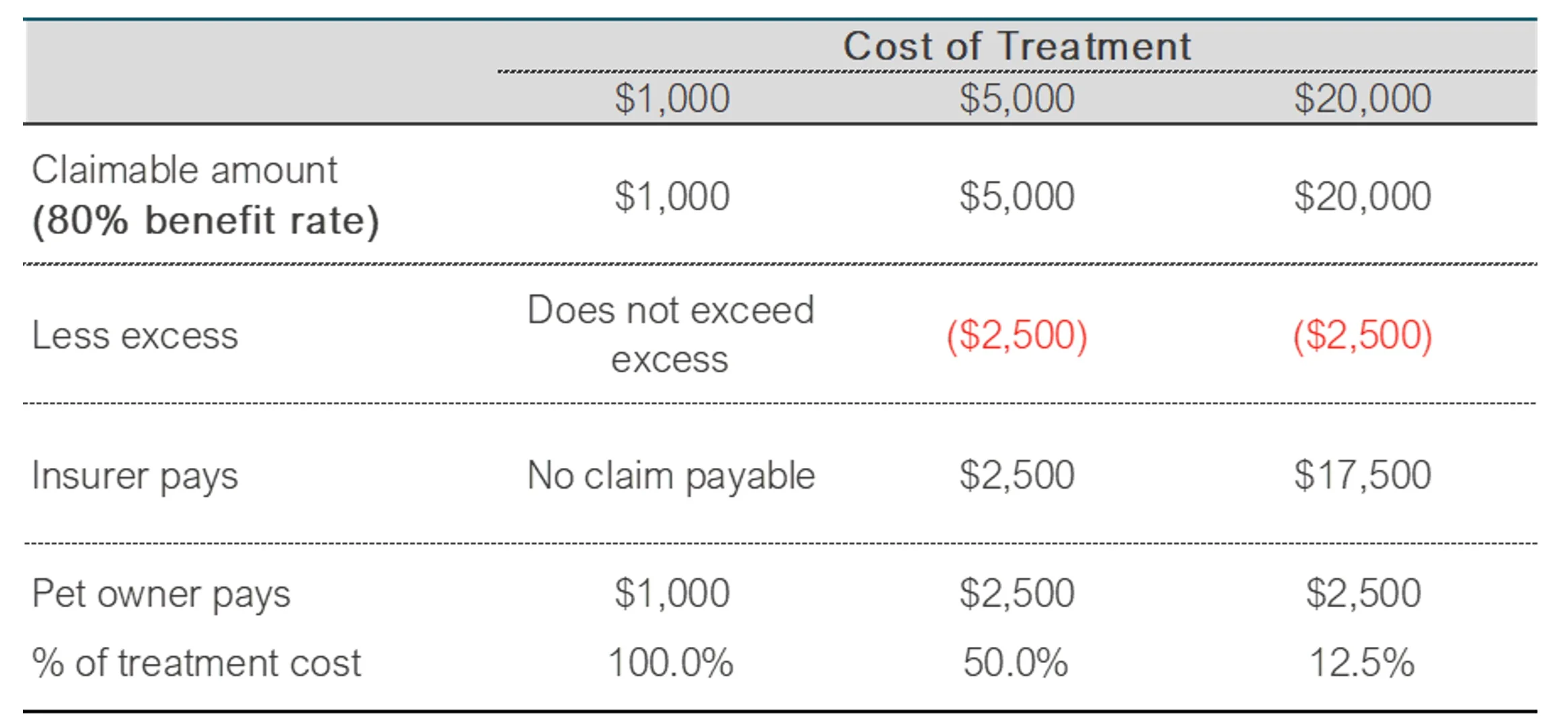
Table 4 — Reimbursement calculation under proposed design
Under this design, the pet owner bears the full cost of vet bills up to $2,500, but has a firm cap on exposure to vet bills, paying a maximum of $2,500 regardless of the cost.
High-excess pet insurance suits those who can absorb low-cost and medium-cost vet bills; it may not be suitable for lower-income households, for example.
It would need to be very clear what the product is for (compared to “standard” pet insurance) and how reimbursement would work.
In addition, the Target Market Determination (TMD) — the document that describes who a product is appropriate for — would need to be precise, particularly given recent scrutiny of pet insuranc e TMDs .
Pet owners love their pets and, for the most part, understand what pet insurance is for. Yet uptake remains low — driven mainly by cost and because products don’t always align with what pet owners fear most: catastrophic, unaffordable vet bills.
A high-excess, tail-focused product could close that gap for a meaningful segment of the market, provided it is carefully designed, clearly explained and appropriately marketed.
Of course, there is much more to pet insurance in Australia than what I’ve covered here. Bill’s paper delves into a number of other areas, including pricing, underwriting, exclusions, waiting periods, and findings from international markets — each of which deserves its own discussion.
1 Although the survey was anonymous, it was distributed via my LinkedIn network (where most of my connections work in or around the insurance industry or are tertiary-educated professionals) and internally within my workplace (where most of my colleagues are actuaries). As such, the respondent pool is likely to have:
Australian Veterinary Association. Pet insurance [Internet]. ava.com.au. 2015. Available from: https://www.ava.com.au/policy-advocacy/policies/companion-animals-management-and-welfare/pet-insurance/
Animal Medicines Australia. Pets in Australia: A national survey of pets and people [Internet]. Animal Medicines Australia; 2022. Available from: https://animalmedicinesaustralia.org.au/wp-content/uploads/2022/11/AMAU008-Pet-Ownership22-Report_v1.6_WEB.pdf
ASIC. ASIC issues 38 DDO stop orders for pet insurance products [Internet]. asic.gov.au. 2023. Available from: https://www.asic.gov.au/about-asic/news-centre/find-a-media-release/2023-releases/23-174mr-asic-issues-38-ddo-stop-orders-for-pet-insurance-products/
Everyday Insurance. Compare Pet Insurance benefits | Everyday Insurance [Internet]. insurance.everyday.com.au. Available from: https://insurance.everyday.com.au/pet-insurance/compare.html
Konstantinidis B. Pet Insurance – Understanding the Product, Pricing and Issues [Internet]. 2025. Available from: https://content.actuaries.asn.au/resources/resource-ce6yyqn64sx3-786882053-16113